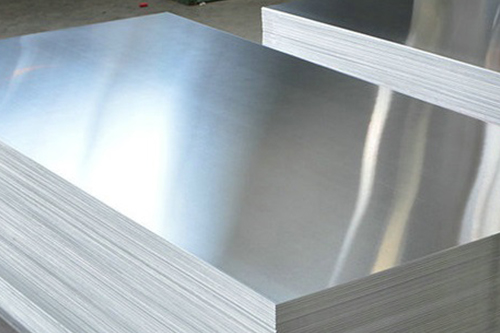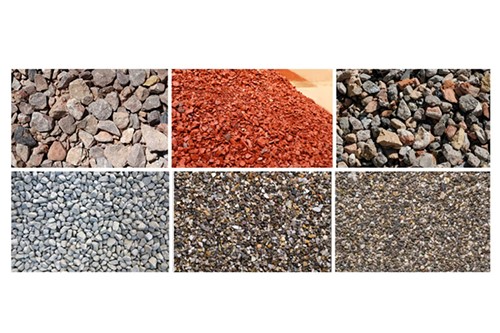ASTM E228: Thermal Expansion In Metals And Ceramics
What is ASTM E228?
ASTM E228 is a standardised test method developed by ASTM International for determining the thermal expansion coefficient (CTE) of metals and ceramics. This standard ensures consistency and accuracy in measuring the expansion or contraction of materials during temperature changes, which is essential for various technical and manufacturing processes.
The Significance of Thermal Expansion in Metals and Ceramics
The thermal expansion property affects the performance and reliability of materials used in different environments. In metals and ceramics, understanding thermal expansion assists in:
- Developing components that can withstand temperature fluctuations without failure.
- Preventing material incompatibilities in assemblies where various materials are joined.
- Ensuring dimensional stability in precision applications such as aerospace and electronics.
How ASTM E228 Measures Thermal Expansion
ASTM E228 employs methods such as dilatometry to precisely measure the thermal expansion of materials. The process involves:
- Sample preparation: Material samples are prepared with precise dimensions.
- Heating/Cooling: The sample is subjected to controlled temperature changes.
- Measurement: The change in dimensions is recorded to calculate the CTE.
Applications of ASTM E228
This standard is applied across industries in which thermal properties are critical, for example:
- Aerospace: Development of components that experience extreme temperature variations.
- Automotive: Ensuring that engine components expand uniformly to maintain performance.
- Electronics: Selection of materials for circuit boards that correspond to the thermal expansion rates, thereby avoiding damage.
Factors Influencing Thermal Expansion
The thermal expansion of metals and ceramics is influenced by several factors, such as:
- Material composition: Various elements and their proportions affect expansion rates.
- Temperature range: The magnitude of temperature change can alter expansion behaviour.
- Microstructure: Grain size and phase distribution within the material affect expansion.
Thermal Expansion Coefficients of Common Materials
|
Material |
Thermal expansion coefficient (10⁻⁶/°C) |
|
Aluminium |
23.1 |
|
Stainless Steel |
16.0 |
|
Silicon carbide |
4.0 |
|
8.0 |
|
|
8.6 |
Further information is available at Stanford Advanced Materials (SAM).
Frequently Asked Questions
What is the thermal expansion coefficient (CTE)?
The thermal expansion coefficient (CTE) is a material property that indicates the degree to which a material expands when heated or contracts when cooled.
Why is ASTM E228 important for material selection?
It provides standardised measurements of the thermal expansion coefficient and ensures that the materials selected for specific applications perform reliably under temperature fluctuations.
Can ASTM E228 be used for polymers?
No, ASTM E228 was specifically developed for metals and ceramics. For polymers, other test standards are required.
How does thermal expansion affect electronic devices?
A discrepancy in the thermal expansion coefficients between components can result in stresses that lead to fractures or delamination in electronic devices.
Is ASTM E228 suitable for high-temperature applications?
Yes, it is suitable for a broad temperature range and thus is useful for technical applications in high-temperature environments.

 Bars
Bars
 Beads & Spheres
Beads & Spheres
 Bolts & Nuts
Bolts & Nuts
 Crucibles
Crucibles
 Discs
Discs
 Fibers & Fabrics
Fibers & Fabrics
 Films
Films
 Flake
Flake
 Foams
Foams
 Foil
Foil
 Granules
Granules
 Honeycombs
Honeycombs
 Ink
Ink
 Laminate
Laminate
 Lumps
Lumps
 Meshes
Meshes
 Metallised Film
Metallised Film
 Plate
Plate
 Powders
Powders
 Rod
Rod
 Sheets
Sheets
 Single Crystals
Single Crystals
 Sputtering Target
Sputtering Target
 Tubes
Tubes
 Washer
Washer
 Wires
Wires
 Converters & Calculators
Converters & Calculators
 Write for Us
Write for Us
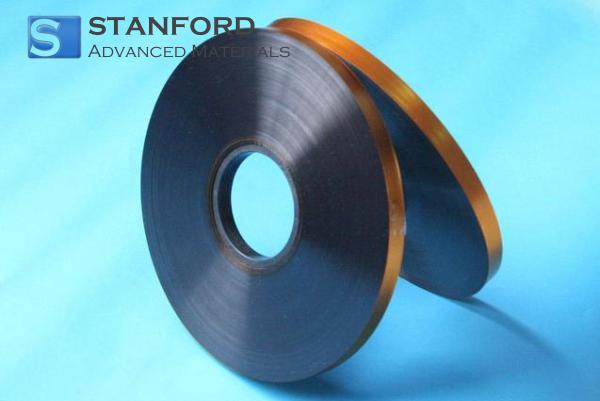
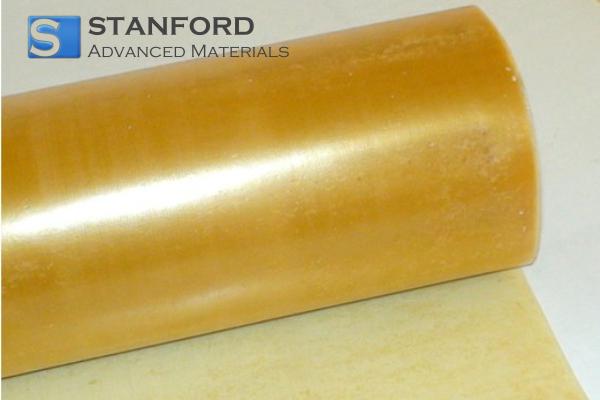

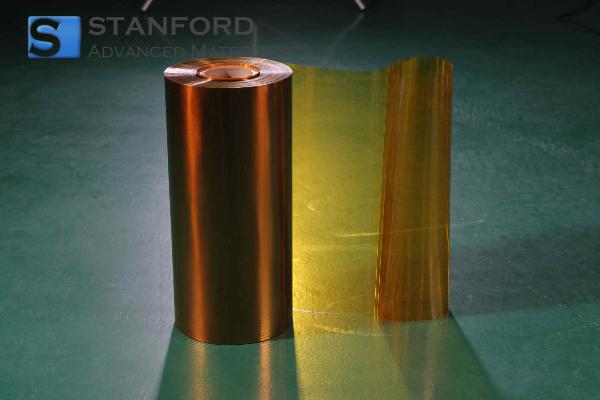
 Chin Trento
Chin Trento

